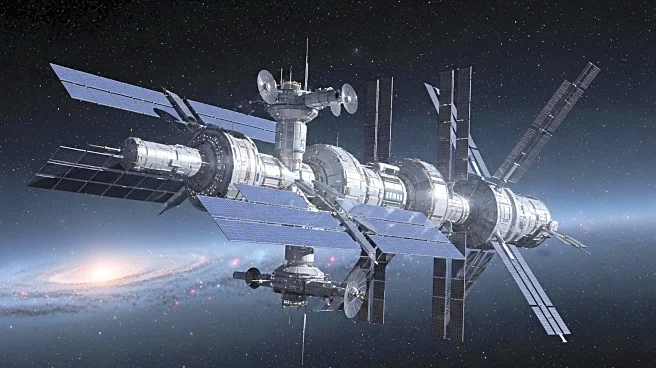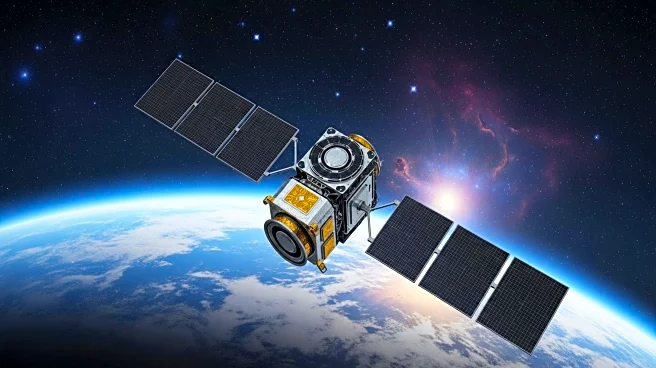What is the story about?
What's Happening?
James Van Allen, born on September 7, 1914, in Iowa, was a pioneering physicist whose work led to the discovery of Earth's radiation belts. After earning a Ph.D. in nuclear physics in 1939, Van Allen contributed to the development of antiaircraft radio technology during World War II. He later worked at Johns Hopkins University's Applied Physics Lab and became the head of the Department of Physics at the University of Iowa in 1951. Van Allen's most notable achievement came with the launch of the Explorer 1 satellite in 1958, which carried his designed Geiger counter and cosmic ray experiment. The data from Explorer 1 revealed the existence of the Van Allen radiation belts, two regions of charged particles trapped by Earth's magnetic field.
Why It's Important?
Van Allen's discovery of the radiation belts was a significant milestone in space exploration, providing crucial insights into the Earth's magnetic environment. The radiation belts pose a challenge for spacecraft and astronauts due to the high levels of radiation, making Van Allen's research vital for the development of safe space missions. His work laid the foundation for understanding space weather and its impact on satellite operations and human spaceflight. The discovery also highlighted the importance of scientific instrumentation in advancing our knowledge of the space environment.
Beyond the Headlines
Van Allen's legacy extends beyond his scientific contributions, as he played a key role in the early days of the U.S. space program. His work exemplifies the collaboration between academia and government in advancing scientific research. The Van Allen radiation belts continue to be a subject of study, as researchers seek to understand their dynamics and potential effects on modern technology. Van Allen's pioneering spirit and dedication to science remain an inspiration for future generations of physicists and space explorers.
AI Generated Content
Do you find this article useful?














